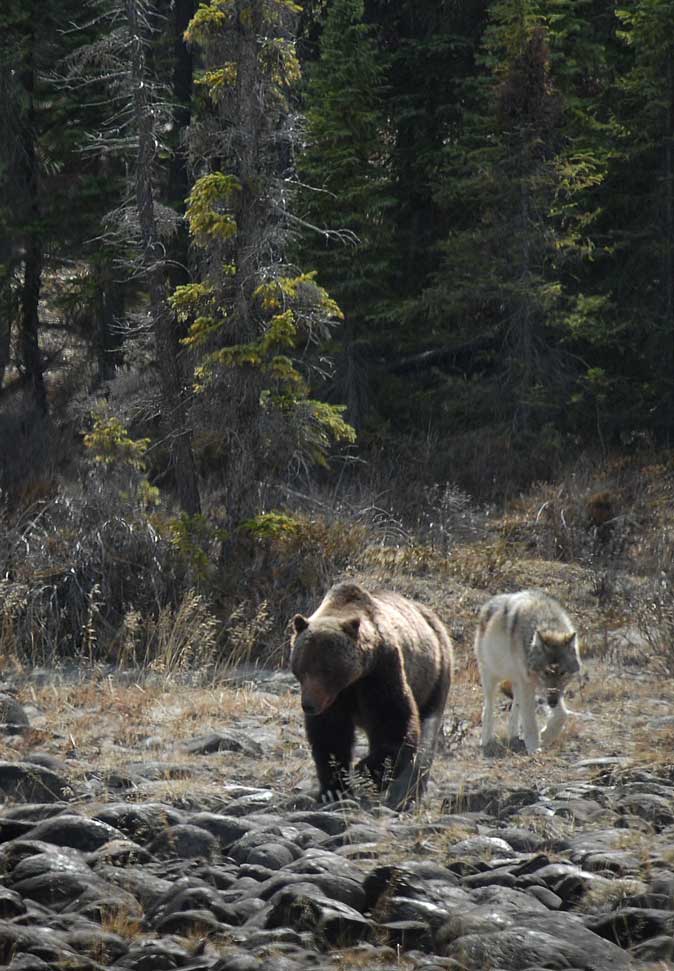Deep case studies
BESAFE carries out 12 single case studies addressing different issues areas related to biodiversity protection. This set of deep case studies covers different member states and geographical regions as well as various governance scales, stakeholder groups and their interaction. Overall, the case studies comprehensively explore the argumentation processes in the biodiversity-related policy making and provide knowledge on the transferability of arguments between the major governance levels.
Comparative case studies
Apart from the twelve deep case studies, BESAFE partners will conduct two comparative studies. The main idea behind these studies is to be able to compare different EU Member States with respect to particular WP 3 and WP 4 research questions. Comparative study “EU Biodiversity Strategy 2020 – national implementation” thus addresses the main questions of WP 3, while the study “Perceptions of biodiversity, ecosystem services and values at the national level” is concerned with WP 4 inquiry.
Large mammals in Norwegian wild-lands
 Introduction
Introduction
One of the most prominent conflicts in ecosystem service and biodiversity management in Norway is the conflict over the management of the four large carnivores (wolf, Eurasian lynx, brown bear, and wolverine). Wolverine and lynx are relatively widespread, whereas bears and wolves are only found in low numbers along the border with Sweden. Norway provides a very large area of potential habitat for these species that are subject to active conservation measures in Europe. The source of conflict is the perceived and actual trade-offs related to use of the carnivore habitats. Domestic sheep and semi-domestic reindeer are grazed in forest and mountain habitats. These species are vulnerable for predation. Four species of large wild herbivore (i.e. wild reindeer, red deer, roe deer and moose) are abundant and managed at levels that ensure sustainable high harvests. Hunters perceive carnivores (especially the wolf) as competitors and as threats to hunting dogs. Generally there is also fear associated with living near carnivore areas (especially for bear and wolf). The complex problem has many dimensions involving trade-offs within rural areas and with regional and national levels and many different, often strong and loudly vocalized interests. A number of arguments from economic, social, ethical and philosophical are used in the public and other debates to swing opinion. In 2011 the Parliament agreed on a policy to manage the carnivores, involving strict maximum population targets for bear, lynx and wolverine. The target for wolves was postponed (as the most controversial of the four). There is an upcoming national election (autumn 2013), and the carnivore policy is up for play.
Brief description of the policy problem
There are large conflicts related to the management of large carnivores in Norway. There is a concern that the current politically set population numbers are too small to guarantee genetically viable populations. There is a strong opposition in many rural areas to increase the carnivore populations, especially the wolf. Some arguments defer responsibility to Sweden and Finland for maintaining the wolf population. Traditional grazing and other local interests generally stand against a more biodiversity-friendly carnivore policy.
Location
Norway, especially the South-Eastern region.
Governance level(s) involved
Local (municipality) governments, regional (county) government and national level government and Parliament.
Stages in the policy cycle
16. June 2011, the Norwegian Parliament reached an agreement about the management of the four large carnivores (except specifics for the wolf, which were postponed). There is ongoing debate about the policy and there are upcoming national elections in the autumn of 2013. One of the current governing parties has even suggested that the Norwegian wolf populations should be eradicated with the argument that Sweden and Finland (and Russia) will make sure there is a viable population. Some people find this argument outrageous, and argue that Norway has a responsibility to contribute. There is a continued debate about the policy, especially since the most difficult questions regarding wolf management have been postponed.
Main stakeholders involved
The most important local stakeholders are various interest groups representing sheep farmers and large herbivore hunters. Regionally and nationally the most important stakeholders are conservation groups and parts of the urban populations who are generally positive to conservation. Scientists (biologists in particular) at different levels are also important stakeholders, as many of the decisions are based on monitoring data, research and contributions to white papers on large carnivore management (which are sometimes discredited by local groups)
Partner responsible
Norwegian Institute of Nature Research (NINA)
Contact person
Henrik Lindhjem (Henrik.lindhjem [at] nina.no), John Linnel (john.linnell [at] nina.no), Jiska van Dijk (jiska.van.dijk [at] nina.no), Yennie Bredin (yennie.bredin [at] nina.no)
Image copyright of Olav Strand, NINA 2012©